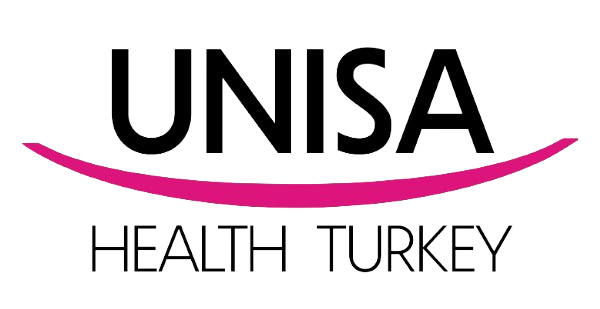Hello,
How Can We Help You?
Contact Form
Fill in the form and we will contact you as quickly as possible.
Contact us on Whatsapp
Scan with your camera app or click the QR code to start a conversation.

Rhinoplasty is known as nasal aesthetic surgery and is performed to correct the shape of the nose or eliminate breathing problems. While it can be done for aesthetic concerns, it is also applied to correct congenital or accidental deformities. Rhinoplasty is suitable for individuals who are not satisfied with the appearance of their nose, have health problems in the nose structure, or have post-traumatic nose deformation.
This surgery is performed under general anesthesia. During the surgery, the surgeon shapes the nasal bones and cartilage by entering through the nostrils or incisions around the nose. The surgical technique may vary depending on the patient's needs. While open rhinoplasty is performed by lifting the nasal skin, closed rhinoplasty is performed by entering through the nostrils. Surgery time usually varies between 1-3 hours.
Rhinoplasty techniques fall into two main categories: open and closed rhinoplasty. Open rhinoplasty is done by cutting the skin between the nostrils and gives the surgeon more control and visibility. Closed rhinoplasty is a technique in which all incisions are made inside the nostrils and generally leaves less scarring. Both techniques involve nose shaping, adding or removing cartilage, and correcting the bridge of the nose.
The pre-procedure preparation process includes detailed evaluation and planning. The surgeon listens to the patient's expectations, examines the nose structure and determines the surgery plan. The patient's general health condition is evaluated and necessary tests are performed. Smoking and alcohol use should be stopped before the surgery, and blood thinning medications should be discontinued. Additionally, the patient is informed about pre- and post-operative instructions.
The recovery process after rhinoplasty may vary from person to person. Swelling and bruises usually occur in and around the nose within the first week. During this period, the head should be kept high and blows to the nose should be avoided. During the healing process, the tampons placed inside the nose and the splint outside are usually removed within a week. Heavy physical activities should be avoided and nose care should be performed as recommended by the surgeon.
As with any surgical intervention, rhinoplasty has some risks and possible complications. These may include infection, bleeding, anesthesia-related complications, undesirable changes in nose shape, breathing difficulties, and numbness in or around the nose. Rarely, revision rhinoplasty may be required. It is important to follow the surgeon's instructions and take necessary precautions to minimize risks.
Pain after rhinoplasty is usually mild and can be controlled with prescribed painkillers. The first 48 hours after surgery are the busiest period. Swelling and bruising may be more noticeable and usually subside within 1-2 weeks. Most of the swelling disappears by the end of the first week, but full recovery and swelling may take several months to completely subside. Cold compresses, keeping the head elevated, and following the surgeon's recommendations can speed up the healing process.
It usually takes between a few months and a year for the nose shape to fully fit after the procedure. In the first weeks, swelling in and around the nose is evident, and these swellings decrease over time. The nose shape becomes largely clear in the first three months, but it is usually necessary to wait a year for fine details and the final result. It is important to be patient throughout this process and go for regular doctor check-ups.
Yes, rhinoplasty can be performed not only for aesthetic purposes, but also to solve functional problems. Conditions such as intranasal deformities that cause breathing problems, septum deviation (curvature of the nasal septum) and enlargement of the nasal turbinates (turbinates) can be corrected during rhinoplasty. By considering aesthetic and functional goals together, the surgeon can improve both the patient's appearance and breathing function.
Contact Form
Fill in the form and we will contact you as quickly as possible.
Contact us on Whatsapp
Scan with your camera app or click the QR code to start a conversation.